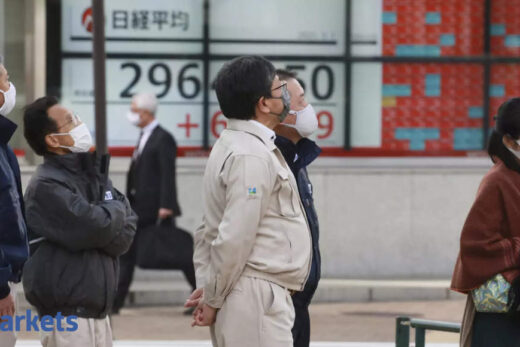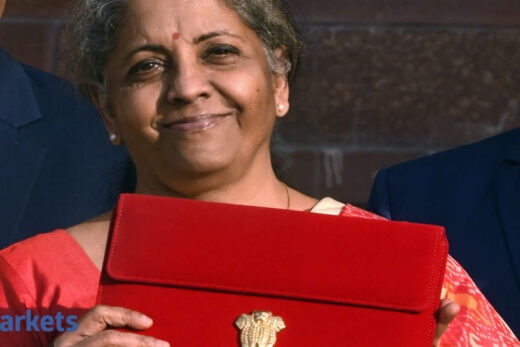This could change in 2021 as interest rates on fixed deposits could start inching up. Here is why.
Year 2021, deposit rates are set to go up by the second half
In 2020, the Reserve Bank of India’s (RBI) measures were targeted to keep the policy rates down throughout the year, extending into 2021. It also announced measures to infuse liquidity in the banking system to be able to provide affordable financing and hence, support economic growth. Extra liquidity also kept interest rates down. On the other side, bank credit offtake was low, as banks adopted a cautious stance towards lending across all sectors of the economy. Low credit offtake meant lower demand for funds by banks/lenders and hence, lower rate of interest on deposits.
RBI Repo Rate since October 2019
| Date of update | Repo Rate |
| 04th Oct 19 | 5.15% |
| 05th Dec 19 | 5.15% |
| 06th Feb 20 | 5.15% |
| 27th Mar 20 | 4.40% |
| 22nd May 20 | 4.00% |
| 06th Aug 20 | 4.00% |
| 09th Oct 20 | 4.00% |
| 04th Dec 20 | 4.00% |
| 05th Feb 21 | 4.00% |
Source: MyLoanCare.in
However, income prospects look better with expected economic growth pegged at 10.5% by RBI for FY21-22. The same may also reflect in the rate of return on fixed deposits. Even though the RBI has announced continuation of accommodative stance on rates and liquidity which would mean no immediate increase in interest rates, yet there are a few factors due to which deposit rates may inch up over the next 3-9 months.
- Credit off-take is expected to be robust in the coming financial year, which would mean a higher demand for deposit funds and hence, a higher rate of interest. This is expected to be driven by investment demand from infrastructure and real estate sectors as well as release of pent-up consumer demand, thus resulting in high growth in retail finance.
- Further, RBI is expected to walk on a tight rope of managing inflation within its target range of 4-6% as well as maintaining liquidity in the system. Easy liquidity policy is inflationary and any rise in inflation would mean the rates have to go up, both for credit as well as deposits.
- Contrary to its accommodative stance, RBI has already tapered down its liquidity support to the market with no additional liquidity measures announced in the latest monetary policy review in February 2021 or in Budget FY21-22. In the February 2021 monetary policy review, it has withdrawn the 1% CRR (Cash Reserve Ratio) relaxation for banks and now the CRR must be brought up to 4% in two tranches. A hike in CRR will lead to reduction in liquidity available with banks which may force them to look out for more funds from retail depositors to meet their credit demand , thus adding another factor that can result in higher deposit rates.
What it means for depositors
Some banks and non-banking finance companies have already started increasing deposit rates across tenures, especially rates on longer term FDs. The table below captures the FD rate hikes announced by few well known banks. Though the number of such banks is few, it may go up as we see an interplay of various macro-economic factors over the next few months.
Examples of banks and NBFCs that have increased their FD rates in last 3 months
| Bank/NBFC name | Current Rates – General Public Rates, Sr. Citizen Rates | Date on which last revised | Change in FD rates |
| SBI | 2.90%-5.40%, 3.40%- 6.20% | 8th Jan, 2021 | Increased 1 year FD rate by 10 bps |
| Canara Bank | 2.95% – 5.50%, 2.95% – 6.00% | 8th Feb, 2021 | Increased rates of FDs with tenure of 2 years or more by 20 bps |
| Bajaj Finance | 6.15% – 7.00%, 6.40% – 7.25% | 1st Feb, 2021 | Increased FD rates by 40 bps for tenure of 36-60 months |
| ICICI Bank | 2.50% – 5.50%, 3.00% – 6.30% | 21st Oct, 2020 | Increased Senior Citizen FD rates by 80 bps |
Source: MyLoanCare.in
What should FD investors do
Global firms and experts have already started questioning the ability of RBI to continue with its accommodative stance along with trying to achieve its macro-economic targets for inflation and fiscal deficit. All macro-economic indicators together point towards an inevitable rise in deposit rates starting from the second half of the FY 2021-22. Till then, depositors should keep their money parked in shorter tenure FDs (i.e., tenures of less than one year) to retain the flexibility to shift their savings to higher rates once the rates begin their upward journey.
(The author is Chief Strategy Officer, MyLoanCare.in.)



